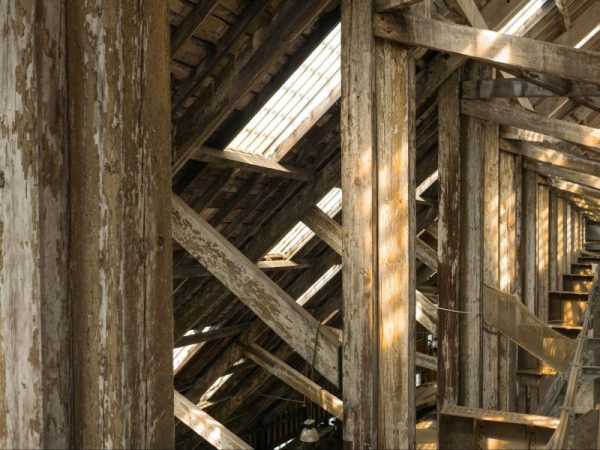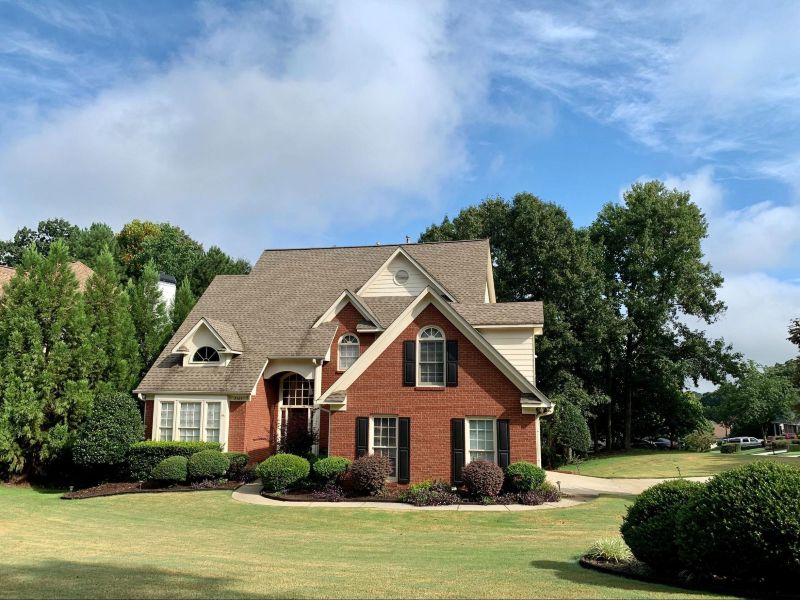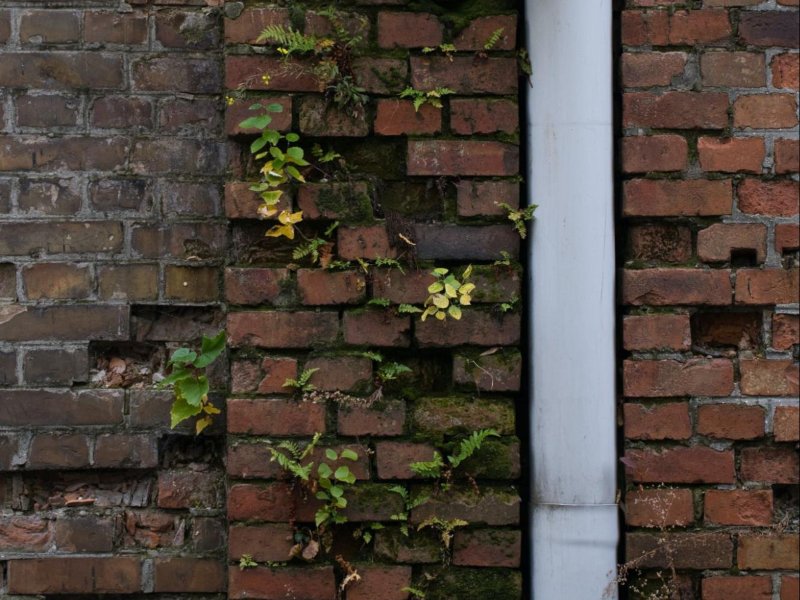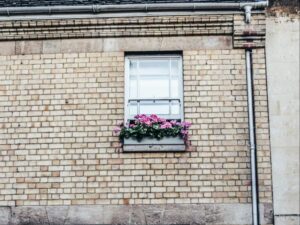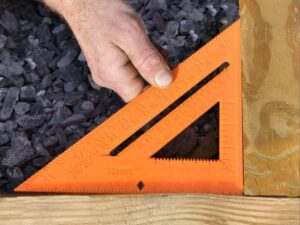Wooden structures have a timeless charm and beauty, but they are susceptible to damage and decay over time due to factors such as weather, moisture, pests, and wear. Repairing and restoring wooden structures is essential to preserve their integrity, functionality, and aesthetic appeal. This article delves into the world of carpentry solutions for addressing damage and decay in wooden structures, offering insights into techniques, tools, and considerations to ensure successful restoration.
Identifying Common Issues
Before embarking on the journey of repairing and restoring wooden structures, it’s crucial to identify common issues that can arise:
Rot and Decay: Exposure to moisture can lead to wood rot and decay, compromising the structural integrity of the material.
Cracks and Splits: Natural expansion and contraction of wood due to changes in humidity can result in cracks and splits
Insect and Pest Damage: Termites, carpenter ants, and other pests can cause significant damage to wooden structures.
Warping and Twisting: Wood can warp, twist, or bow over time, affecting its appearance and function.
Paint and Finish Degradation: Peeling, chipping, or fading paint and finish can mar the aesthetics of the wooden structure.
Repairing and Restoring Techniques: Depending on the extent and nature of the damage, various carpentry techniques can be employed to repair and restore wooden structures.
Wood Filler and Epoxy: For addressing minor cracks, splits, and holes, wood filler and epoxy are effective solutions. Wood filler can be applied to small voids and sanded for a smooth finish.
Epoxy is used for more extensive repairs, especially when dealing with rotted or decayed wood. It creates a durable, solid surface that can be shaped and sanded.
Patching and Splicing: Patching involves removing damaged sections and replacing them with new wood. Splicing is a more intricate process that involves joining new wood to the existing structure. These techniques are commonly used for restoring wooden beams, posts, and boards.
Scarf Joint: The scarf joint is a carpentry technique used for joining two pieces of wood end-to-end. It’s especially useful for repairing structural members like beams and rafters that have experienced damage or decay at the ends.
Wood Hardener: Wood hardeners are liquids that penetrate and strengthen decayed or porous wood. They solidify the wood fibers and prepare the surface for filling or epoxy application.
Sanding and Refinishing: Sanding helps to remove old paint, finish, and imperfections, preparing the wood for refinishing. Applying new paint, stain, or finish not only restores the appearance but also protects the wood from future damage.
Insect and Pest Treatment: For addressing insect and pest damage, it’s crucial to identify and eliminate the source of infestation. Applying appropriate insecticides or seeking professional pest control services is essential to prevent further damage.
Structural Reinforcement: In cases of severe damage or structural compromise, reinforcing elements such as steel plates, brackets, and fasteners may be used to strengthen the wooden structure.
Considerations for Successful Restoration
When undertaking the restoration of wooden structures, several considerations should be kept in mind:
Assessment: Begin by assessing the extent of damage and the underlying causes. This will help determine the appropriate restoration techniques.
Materials: Use high-quality materials that are compatible with the wood species and the surrounding environment. This ensures the longevity of the repair.
Skill and Expertise: While some repairs can be DIY projects, complex or extensive damage may require the expertise of a professional carpenter.
Safety: Always prioritize safety. Use appropriate protective gear, tools, and equipment when working with wood and carpentry materials.
Historical Preservation: When restoring antique or historical wooden structures, consider using restoration techniques that preserve the authenticity and original craftsmanship.
Preventive Measures: After restoring the wooden structure, take preventive measures to protect it from future damage. Regular maintenance, sealing, and finishing can prolong the life of the structure.
Tools and Equipment
Having the right tools and equipment is crucial for successful carpentry solutions.
Basic Hand Tools: These include hammers, chisels, saws, screwdrivers, and measuring tools.
Power Tools: Tools like drills, circular saws, routers, and sanders are invaluable for efficient repairs.
Epoxy and Wood Filler Applicators: Brushes, putty knives, and applicators are necessary for applying epoxy, wood filler, and other restoration products.
Safety Gear: Protective gear such as safety goggles, gloves, masks, and hearing protection ensure your safety during restoration work.
Fasteners and Hardware: Nails, screws, brackets, and other hardware are essential for structural reinforcement and joining.
Whether you’re restoring an antique wooden beam, a vintage piece of furniture, or a contemporary architectural element, the art of carpentry offers a wide range of solutions to bring life back to your cherished wooden structures.


